
cd_nom
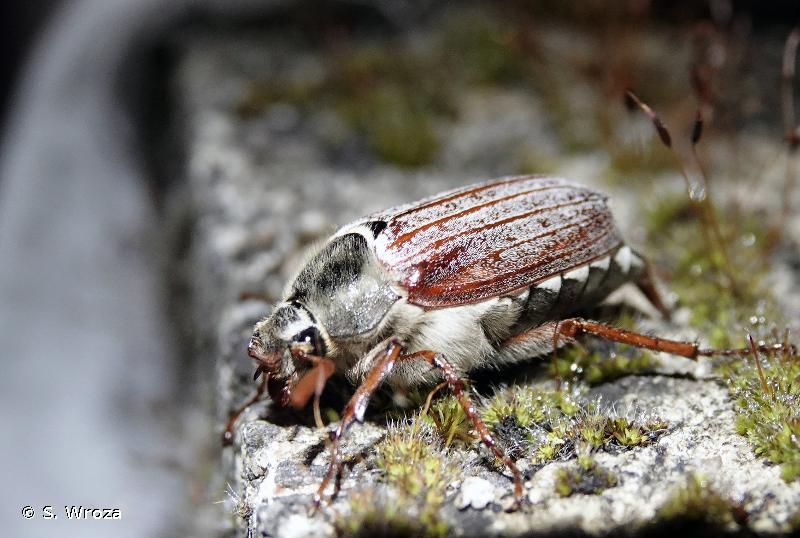
| Author : S. Wroza |
 |
Despite the Creative Commons license, please inform the author of the use which will be made of his photo

| Author : J.-C. de Massary |
 |
To get the picture, please visit:
Massary (de)Jean-Christophe
25 rue des Sorbiers
60510 LA NEUVILLE EN HEZ
Despite the Creative Commons license, please inform the author of the use which will be made of his photo
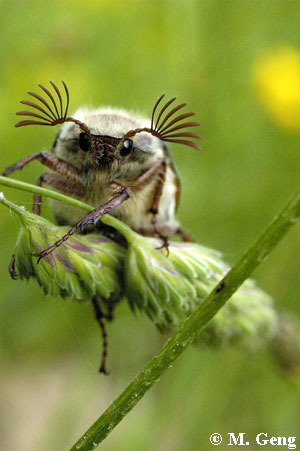
| Author : M. Geng |
 |
To get the picture, please visit:
Biotope
22, Boulevard Maréchal Foch
BP58
34140 Mèze
Any reuse of one or more photographs on this site is subject to an authorization request from the author.
Link to the Code of Intellectual Property (Legifrance)
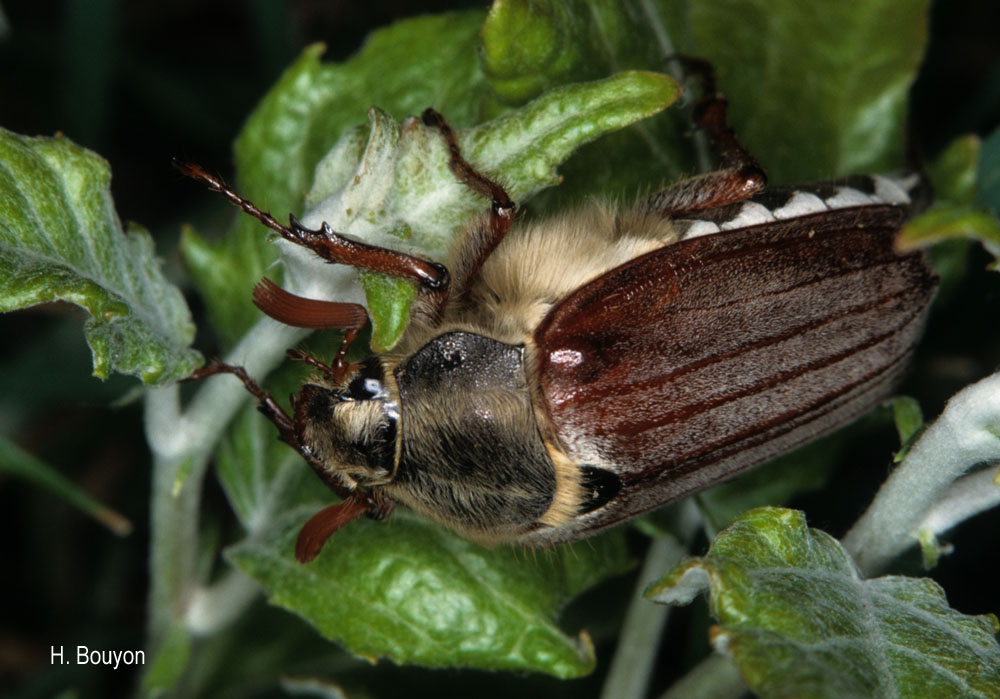
| Author : H.Bouyon |
 |
To get the picture, please visit:
Bouyon Hervé
herve.bouyon@wanadoo.fr
Any reuse of one or more photographs on this site is subject to an authorization request from the author.
Link to the Code of Intellectual Property (Legifrance)
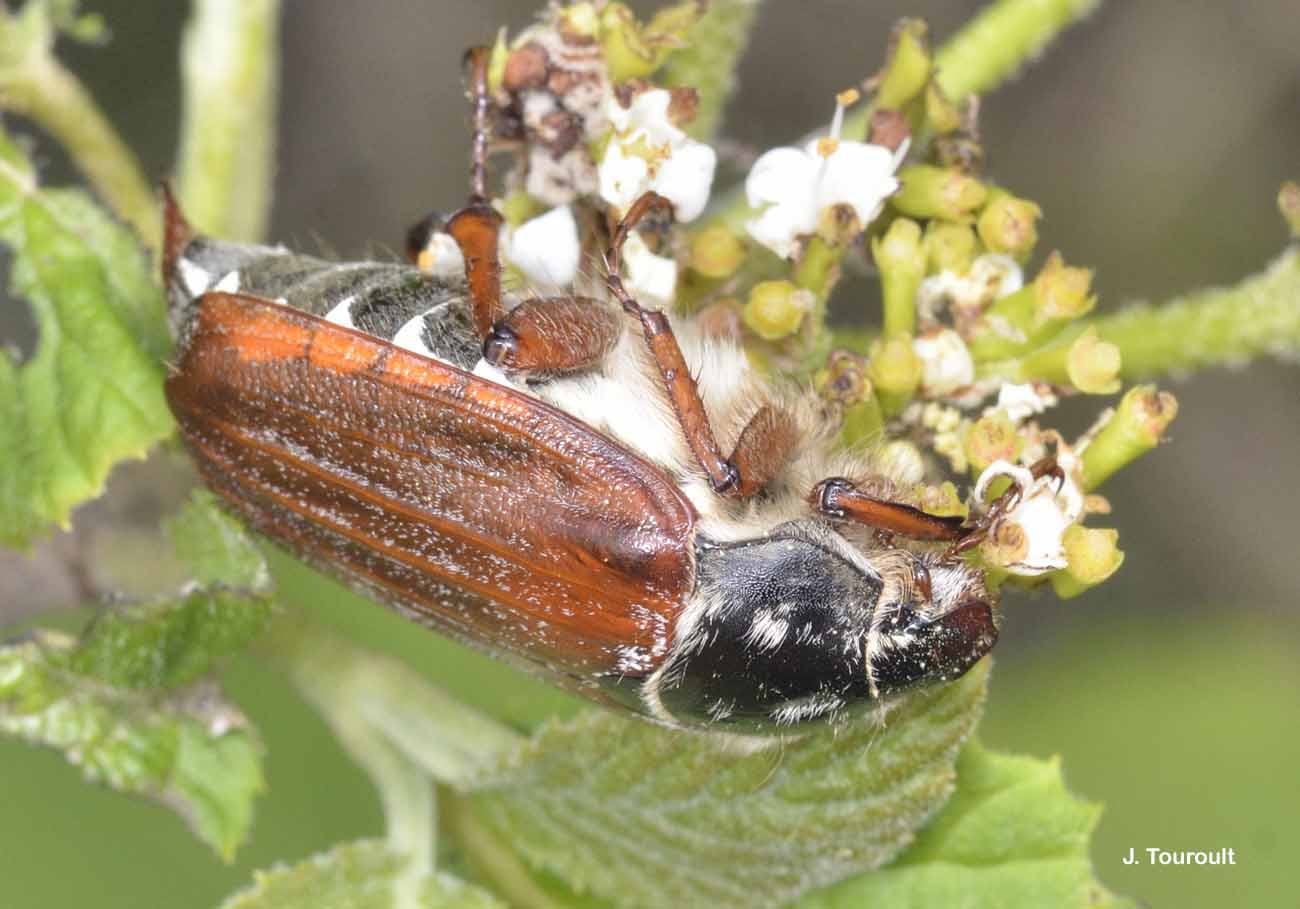
| Author : J. Touroult |
 |
To get the picture, please visit:
Julien TOUROULT
Muséum national d'Histoire naturelle - Service du Patrimoine Naturel
36 rue Geoffroy Saint-Hilaire
CP 41
75 231 PARIS CEDEX 05
e-mail : inpn@mnhn.fr
Despite the Creative Commons license, please inform the author of the use which will be made of his photo
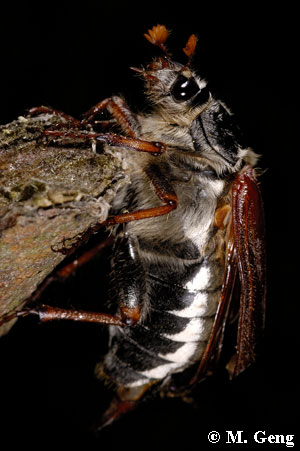
| Author : M. Geng |
 |
To get the picture, please visit:
Biotope
22, Boulevard Maréchal Foch
BP58
34140 Mèze
Any reuse of one or more photographs on this site is subject to an authorization request from the author.
Link to the Code of Intellectual Property (Legifrance)
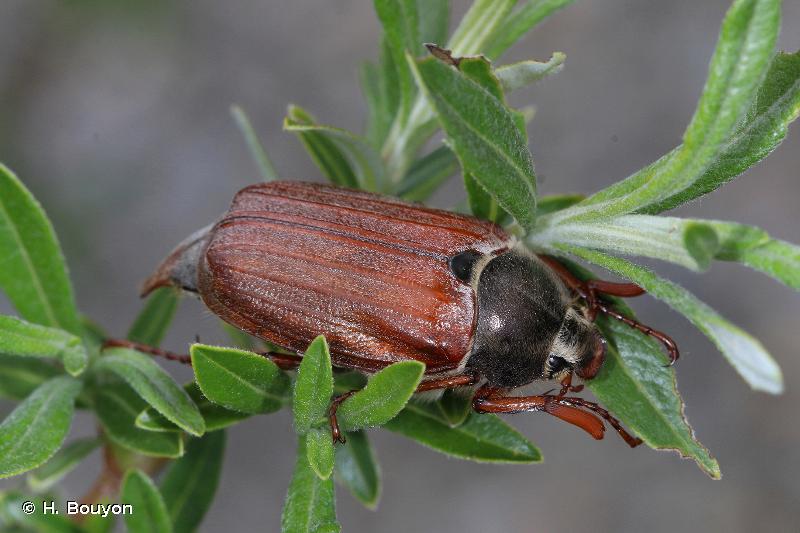
| Author : H. Bouyon |
 |
To get the picture, please visit:
Any reuse of one or more photographs on this site is subject to an authorization request from the author.
Link to the Code of Intellectual Property (Legifrance)

| Author : H. Bouyon |
 |
To get the picture, please visit:
Any reuse of one or more photographs on this site is subject to an authorization request from the author.
Link to the Code of Intellectual Property (Legifrance)
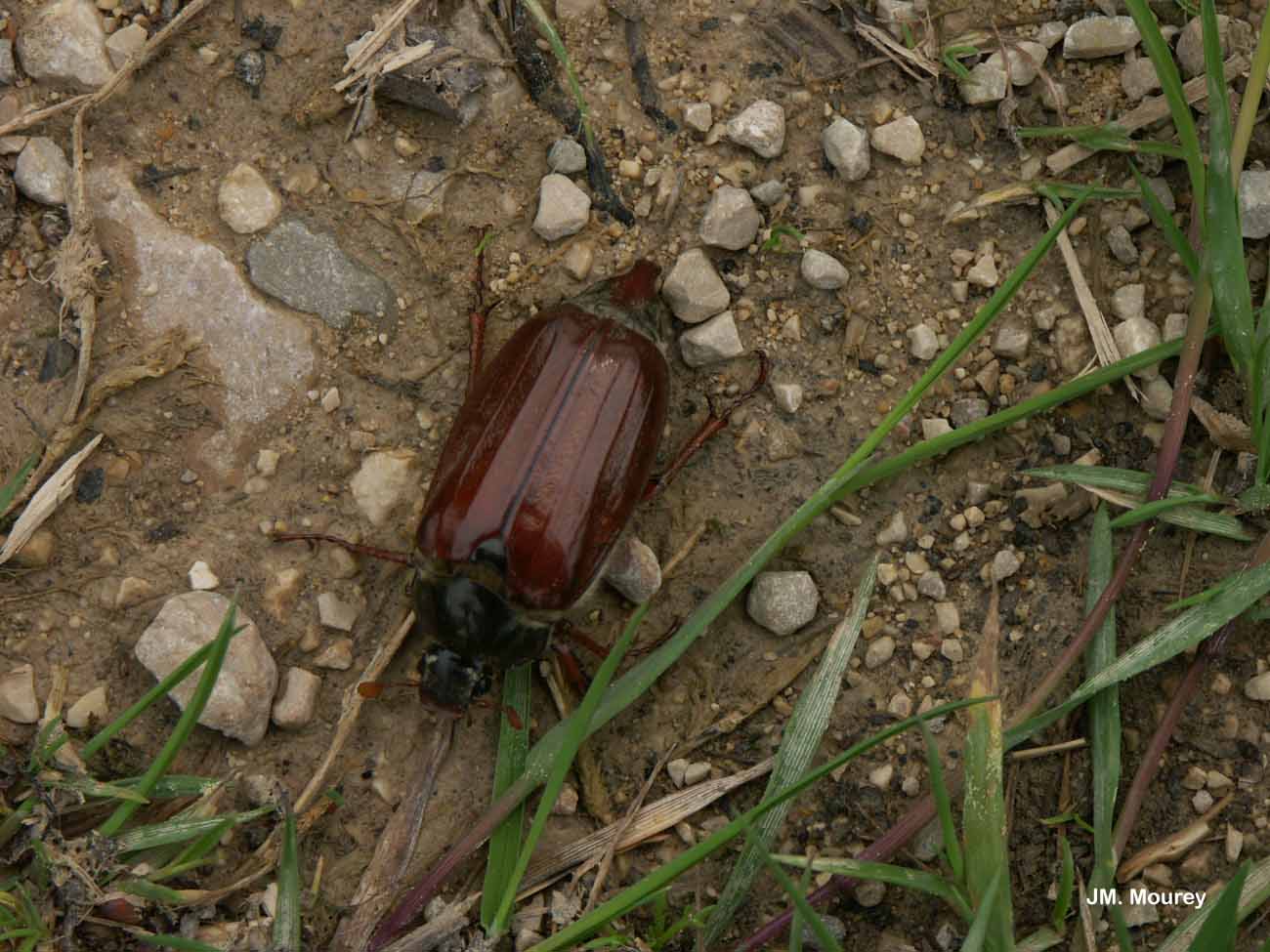
| Author : J.M. Mourey |
 |
To get the picture, please visit:
Jean-Michel MOUREY
Office National des Forêts - Direction de l'Environnement et des Risques Naturels
2 avenue de Saint-Mandé
75 012 PARIS
e-mail : jean-michel.mourey@onf.fr
Legend: Meussia
Any reuse of one or more photographs on this site is subject to an authorization request from the author.
Link to the Code of Intellectual Property (Legifrance)
Taille :
20-30 mm.
Diagnose :
Tête et thorax noirs. Élytres, antennes et pattes bruns. Dessus recouvert d'un duvet de fins poils blancs, souvent caduques. Thorax avec dorsalement deux lignes latérales blanches bien tranchées, de poils plus denses et plus longs. Abdomen noir ventralement, avec pour chaque segment latéralement, un triangle de pubescence blanche. Dernier segment abdominal (pygidium) marron, prolongé par une expansion en pointe longue. Les antennes ont une massue formée par 7 feuillets, qui sont très longs chez le mâle. La larve est de type « ver blanc », le corps blanc, mou et allongé, la tête et les pattes sclérifiées (dures), jaune-orangé.
Facilité d'identification :Espèces proches :
Melolontha hippocatani Fabricius 1801, au comportement plus forestier, dont les thorax et la tête sont le plus souvent marron, et la pointe terminale de l'abdomen est plus courte et moins large. Melolontha pecoralis Megerle, 1812, présent en France uniquement dans le nord-est, en est également très proche, avec une pointe terminale encore plus courte.
Biologie-ethologie :
Les adultes ont une activité principalement crépusculaire, aux mois de mai et juin. Ils restent camouflés dans la végétation pendant la journée. Autrefois très commun, les envols le soir venaient parfois à obscurcir le ciel. Réputée nuisible à l'agriculture, les premiers traitements chimiques (comme le DDT) ont eu une action radicale sur cette espèce, aujourd'hui en phase de reconquête. Rhizophage, la larve effectue un cycle de à trois à quatre ans (suivant les régions et la rigueur de l'hiver), dans le sol, où elle mange diverses racines. Son comportement secondaire prédateur à cannibale provoque une génération plus abondante que les autres, créant tous les 3 à 4 ans ce que l'on appelle une « année à Hanneton ».
Biogéographie :
L'espèce est connue de toute la France continentale (elle est absente de Corse), où elle redevenue majoritairement commune, loin toutefois dans densités d'autrefois décrites dans la littérature ancienne.
D'après: Baraud, J. 1992. Coléoptères Scarabaeoidea d'Europe. Société Linnéenne de Lyon. 873 pp.
A. Horellou(UMS 2006 Patrimoine Naturel (AFB / CNRS / MNHN)),2015
Continental
Metropolitan France
Overseas
Marine
Metropolitan France
Overseas
The map presents a summary at the 10 x 10 km grid of the observation data for the species transmitted to the SINP. These data have been subjected to validation filters.
The map presents a reference distribution layer of the species at the scale of departments and marine sectors. The presence and absence data were established by expertise within a network of partners. This reference distribution is used in the validation process of the SINP data at the INPN level.
Corresponds to a report on the basis of at least one observation proved within a period of 10 years (20 years for little-known invertebrates) preceding the year and no presumption of extinction since obtaining the last data nor doubt on reproductive and implemented nature of this population. For migratory species, the presence indicated concerns areas of reproduction.
This status is based on one or more of the following criteria:
This point covers the absence, more difficult by nature to demonstrate than presence. This status is based on one or more of the following criteria:
This status must be assigned to a department in which the presence of the species is casual.
Particular case of absence due to a proven extinction less than a half century ago (older disappearances are treated as "no probable or definite").
In the state of knowledge, we can not comment on the presence or absence in the current department. This is the default status when not comprised in one of the previous categories or whenever there is doubt.
The map shows the global distribution of the species based on GBIF data (Global Biodiversity Information Facility).
